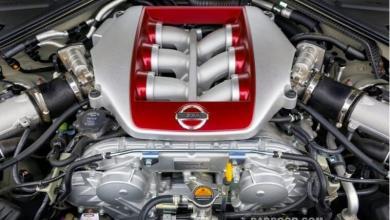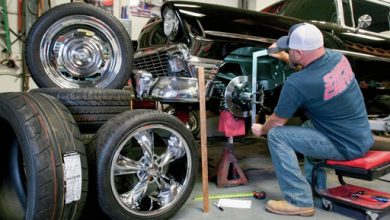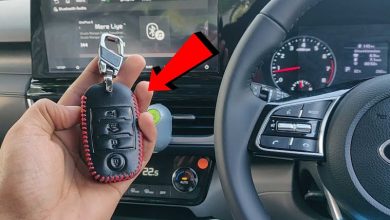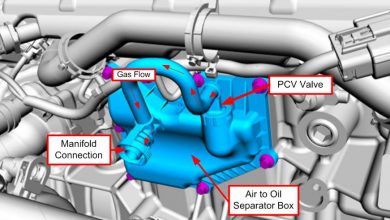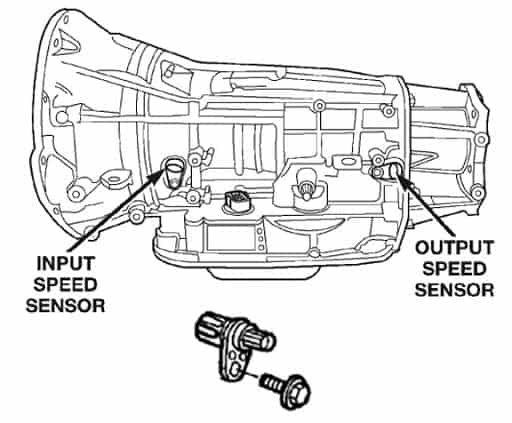
The transmission speed sensors are used to calculate the actual gear ratio of the transmission while in use. There are generally two-speed sensors that work in conjunction to provide accurate transmission data to the vehicle’s powertrain control module. The first is known as the Input Shaft Speed (ISS) sensor. As described, this sensor is used to monitor the speed of the transmission’s input shaft. The other sensor is the Output Shaft Speed (OSS) sensor. If either of these two sensors falls out of alignment or experiences electrical issues, it impacts the operation of the entire transmission.
After registering data, the two transmission speed sensors, also commonly referred to as a vehicle speed sensors (VSS), send data to the Powertrain Control Module (PCM), which compares these two inputs and calculates which gear the transmission should engage for efficient driving. The actual gear ratio is then compared to the desired gear ratio. If the desired gear and the actual gear do not match, then the PCM will set a Diagnostic Trouble Code (DTC) and illuminate the Check Engine Light.
Should either or both of these speed sensors fail, you may notice one or more of the following 3 issues:
1. Harsh or Improper Shifting
Without a valid speed signal from these sensors, the PCM will not be able to correctly control the shifting of gears within the transmission. This may cause the transmission to shift roughly or more quickly than normal. It’s also common that a problem with these sensors can impact the shift timing, extending the interval between transmission shifts. An automatic transmission is hydraulically controlled and designed to shift smoothly. When the transmission shifts hard, it can damage internal components including valve bodies, hydraulic lines, and in some cases mechanical gears. If you notice your transmission is shifting harshly or roughly, you should contact a local ASE certified mechanic as soon as possible.
2. Cruise Control Does Not Work
Since the transmission speed sensors monitor the input and output shaft speed, it also plays a part in monitoring the cruise control. When the sensors fail to deliver accurate data to the onboard computer on your car, truck, or SUV, the powertrain control module (PCM) will send an error code to the vehicle’s ECU. As a safety precaution, the ECU will shut down the cruise control and render it inactive. If you notice that your cruise control does not engage when you press the button, contact a mechanic so they can inspect the vehicle and determine why the cruise control is not working. It may be due to faulty transmission speed sensors.
3. Check Engine Light Comes On
If the signals are lost from the transmission speed sensors, the PCM will set a DTC and illuminate the Check Engine Light on the vehicle dashboard. It also can indicate an increase in tailpipe emissions surpassing acceptable limits for environmental contaminants from motor vehicles.
In any case, if you notice that the Check Engine Light comes on, you should contact a local mechanic to scan the error codes and determine why the Check Engine Light is illuminated. Once the problem has been fixed, the mechanic will reset the error codes.
If the problem rests with the speed sensors, depending on your particular transmission, the professional mechanics may be able to replace the sensor. Some speed sensors are internal to the transmission and will require the transmission to be removed from the vehicle before the sensors can be replaced.



